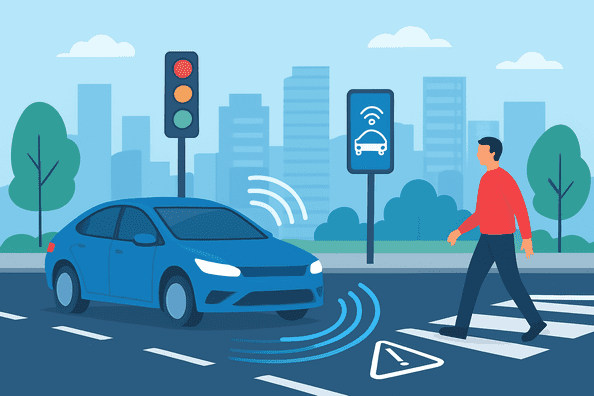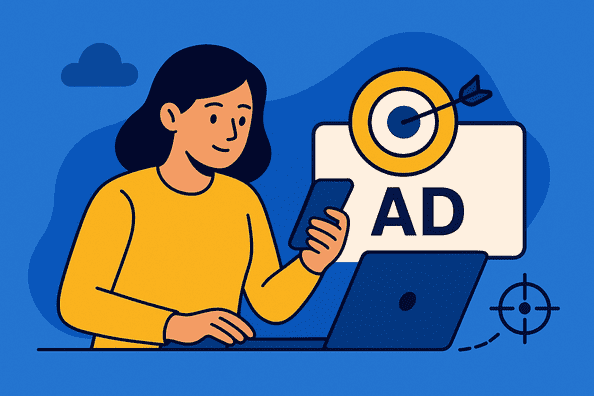As artificial intelligence chatbots become increasingly integrated into young people’s digital lives, questions about their safety grow more urgent. The Federal Trade Commission (FTC) has launched an inquiry to assess how AI companies design and deploy chatbots, with specific attention to the protection of kids and teens. This blog explores whether this regulatory scrutiny will genuinely enhance AI chatbot safety for younger users, balancing optimism with caution and practical insights.
AI Chatbot Safety in Today’s Youth Digital Landscape
AI chatbots are everywhere—from homework help apps and social media assistants to gaming companions and mental health tools. For kids and teens, these chatbots can offer educational support, social interaction, and even emotional comfort. However, concerns persist about misinformation, inappropriate content, data privacy violations, addiction risks, and manipulative behaviors embedded in some AI systems.
The primary keyword here, AI chatbot safety, is essential because protecting youth online requires a nuanced understanding beyond simple content filtering. Safety involves ensuring accurate information delivery, respecting privacy laws like COPPA, and preventing harmful interactions or exploitation.
Understanding the FTC Inquiry: Goals and Scope
In early 2025, the FTC announced an inquiry aimed at AI companies developing chatbots accessible to minors. The investigation focuses on three central questions:
- How do companies design chatbots to prevent exposure to harmful or inappropriate content?
- What data is collected from young users, and how is it protected or used?
- Are AI systems capable of recognizing and mitigating potentially harmful emotional or manipulative interactions?
This inquiry marks a significant step since the FTC historically targeted data privacy breaches and deceptive practices. Applying this regulatory lens to AI technology is an acknowledgment of its growing influence and risk—especially for vulnerable populations like children and teens.
Real-World Examples Illustrating Risks and Concerns
In the last few years, multiple incidents have highlighted why AI chatbot safety cannot be taken lightly. For example:
Such cases underscore the need for stringent oversight but also show how these risks often arise from the rapid scaling of AI technologies without thorough child-specific safeguards.
- A popular educational chatbot unintentionally shared incorrect medical advice to a teen, causing confusion and distress until corrected by a parent.
- An AI companion app designed for teens with anxiety was found to sometimes offer inappropriate or unverified advice, raising ethical concerns.
- Instances where AI chatbots collected identifiable personal data without clear user consent, violating privacy protections.
Balancing Innovation and Regulation: Industry Perspectives
AI developers emphasize that innovation is critical for creating beneficial tools that help young people learn and grow. Overly aggressive regulation, they argue, may stifle creativity, delay access to helpful applications, and reduce competitiveness in global AI markets.
At the same time, experts agree that voluntary guidelines and corporate responsibility alone have not been sufficient to prevent safety lapses. The FTC inquiry could motivate AI companies to invest more in child-centered design principles, better transparency, and advanced content moderation systems.
Many industry leaders are now collaborating to establish standards addressing AI chatbot safety, focusing on transparency about data use, ethical AI behavior, and parental controls, thus complementing regulatory efforts.
The Role of Parents, Educators, and Society
While regulation plays a crucial role, the safety of kids and teens using AI chatbots also depends heavily on education and awareness. Parents need tools and knowledge to monitor chatbot interactions and guide digital consumption responsibly. Schools and community groups can promote AI literacy, teaching young users critical thinking about AI responses and encouraging safe engagement.
Societal involvement is vital—public discourse and feedback loops with tech developers can drive continuous improvements in AI chatbot safety. Initiatives like youth advisory panels in AI companies and public consultations foster inclusive perspectives in shaping safer technologies.
Challenges Ahead: What the Inquiry May Overlook
Despite its promise, the FTC inquiry faces several challenges:
- Defining clear, enforceable safety standards for AI that is constantly evolving.
- Addressing AI biases that may affect marginalized youth disproportionately.
- Balancing privacy protections with the need for data to improve AI models.
- Scaling effective monitoring without infringing on user autonomy or free expression.
Furthermore, the global nature of AI development means that U.S. regulation alone cannot guarantee universal AI chatbot safety for kids and teens worldwide.
Personal Reflection: Navigating AI Chatbots with Young Users
In my experience reporting on AI and digital safety, I have seen how young users can benefit immensely from well-designed chatbots but also face confusion or harm from careless implementations. It is crucial that we view AI chatbot safety as a collaborative endeavor—where regulators, developers, parents, educators, and users all share responsibility.
Teaching kids to question chatbot outputs critically and providing parents with accessible safety tools can mitigate many risks while preserving the benefits. Ultimately, regulation like the FTC inquiry is a starting point, not a silver bullet.
Conclusion: Toward Safer AI Chatbots for Youth
The FTC inquiry is a timely and necessary measure that raises awareness and accountability around AI chatbot safety for kids and teens. While it brings hope for better protections, meaningful progress will require ongoing cooperation among regulators, industry, families, and society at large. The goal should be a future where AI chatbots empower rather than endanger our youngest users—fostering creativity, learning, and well-being under a robust safety framework.



